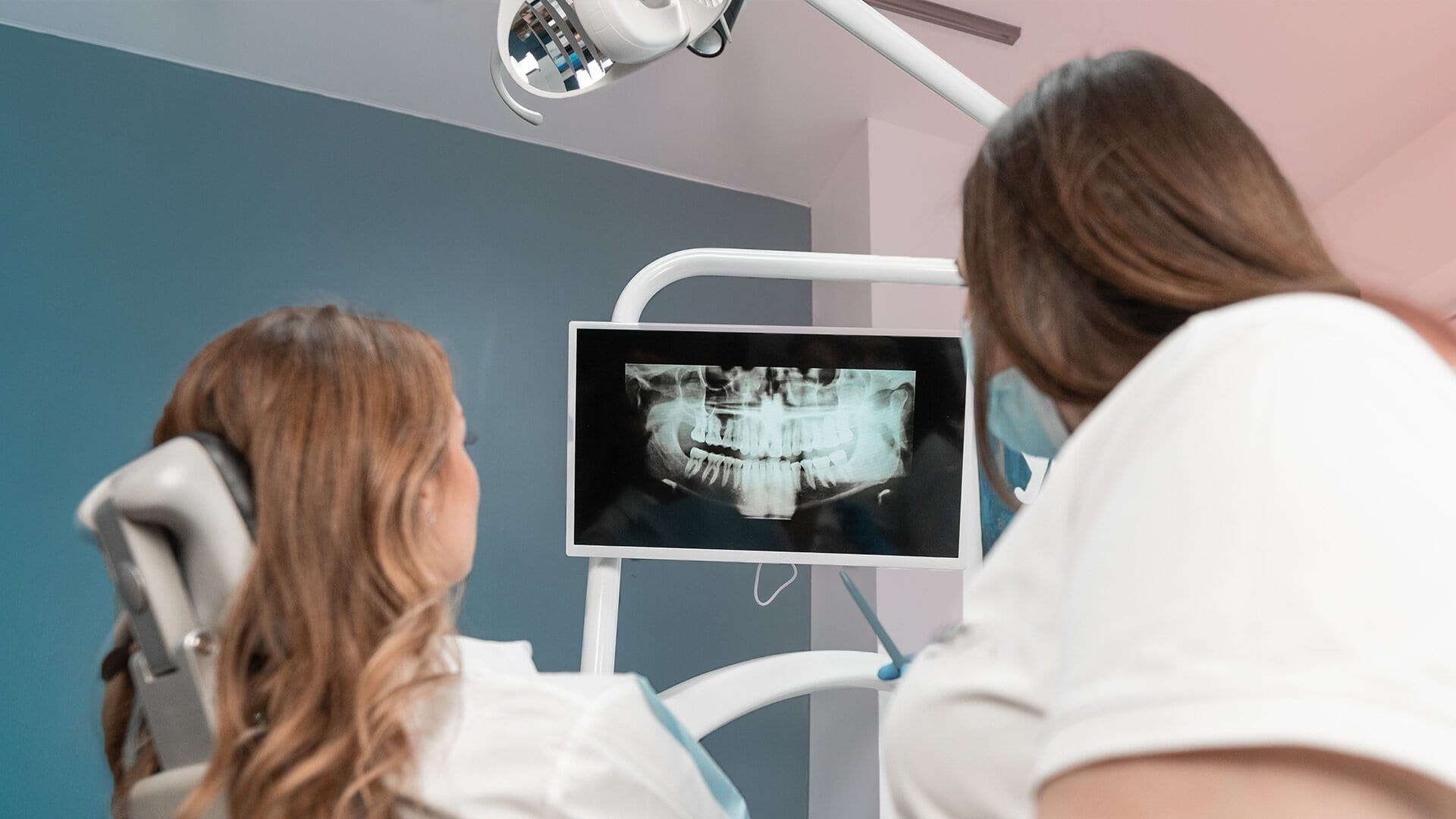Menu
Free Consultation

Implant treatments stand out as the healthiest and long-lasting solution to missing teeth today. However, not every patient may be suitable for implant treatment. Especially in the back area of the upper jaw (molars), bone loss may occur over time. This makes implant placement difficult. At this point, the sinus lift procedure, which is frequently used in dentistry, comes into play.
In this article, we will discuss in detail what the sinus lift operation is, who it is applied to, the treatment process, risks and frequently asked questions.
Sinus lift is the process of lifting the sinus floor and adding bone to this area in cases where there is not enough bone height for implant application in the upper jaw back area (maxillary sinus).
With this operation, the bone volume required for the implant is created. Bone graft is applied under the sinus cavity and over time the graft here integrates with the natural bone and creates a strong structure.
These factors reduce the bone height required for the implant. Sinus lifting is a safe and effective method for solving this problem.
Sinus lifts generally yield successful results in patients with a bone height of 2–5 mm.
When performed by an experienced surgeon, sinus lift is quite safe. However, like any surgical procedure, it may carry some risks:
These complications can usually be prevented with good hygiene, proper planning and physician follow-up.
These recommendations support the healthy and rapid progress of recovery.
Is the sinus lift procedure painful?
The procedure is performed under local anesthesia, no pain is felt. There may be slight discomfort afterwards.
Can the implant be placed immediately?
It varies according to the bone height. In closed lifting, it is usually placed at the same time, in open lifting it can be postponed.
What happens if the procedure fails?
Although rare, if the graft does not hold, it can be repeated or different treatment methods can be planned.
Can it be performed together with other dental treatments?
Yes. If the planning is done correctly, it can be performed together with procedures such as tooth extraction and bone powder application.
Sinus Lift Increases Dental Implant Success Rate
Sinus lift significantly increases the success rate in dental implant applications. When adequate bone support is provided, implants can function healthily for many years. This application is one of the gold standard solutions that make implant treatment possible, especially for patients with bone insufficiency in the posterior region of the upper jaw.
Sinus lift is an advanced surgical procedure that eliminates the obstacles to implant treatment. When well planned and applied by experienced hands, it is both safe and extremely effective. If there is not enough bone in the upper jaw for an implant, you can get rid of your missing teeth and achieve a healthy and aesthetic smile with this treatment option.
